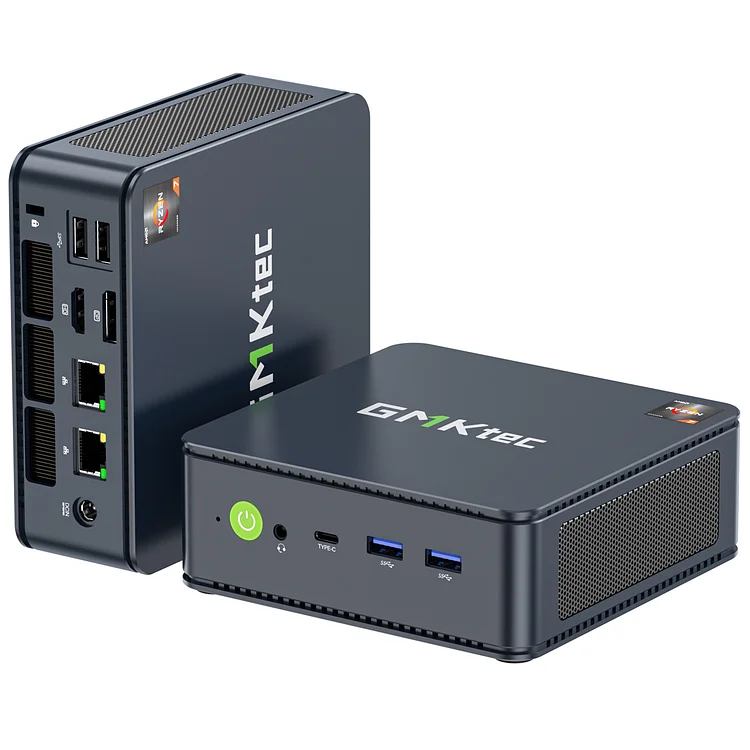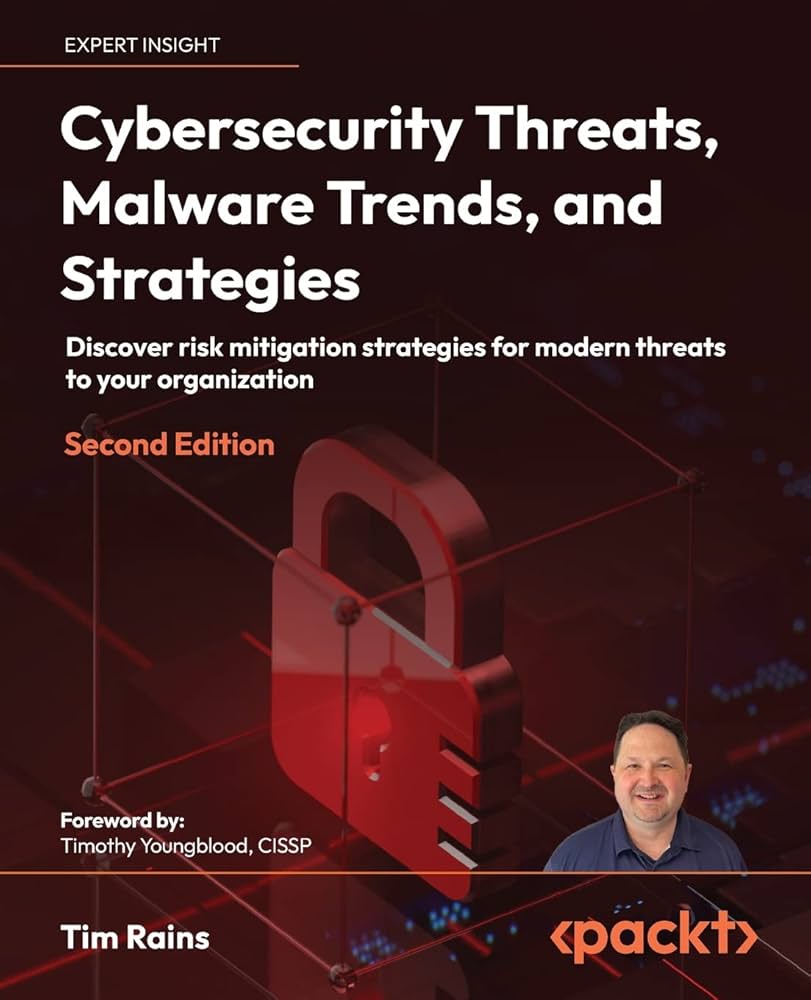
Navigating the Cybersecurity Landscape: NIS-2 Compliance and CUPS Vulnerabilities
In the rapidly changing digital terrain of 2024, businesses must adapt like never before. The NIS-2 Directive has emerged as a crucial measure designed to bolster the cybersecurity framework within the EU economic zone. With increasing cyber risks likened to congested roadways, organizations are urged to buckle up and navigate these treacherous waters with precision and foresight.
The NIS-2 Directive: A Call to Action
Cybersecurity poses a threat reminiscent of an aggressive driver in the midst of bustling traffic—an undeniable risk requiring immediate action. The latest report from the BSI underscores this urgency, marking today’s cyber realm as perilously critical. The NIS-2’s implementation date is fast approaching, compelling all stakeholders to ensure compliance well into 2025.
Visualizing the NIS-2 compliance framework.
Step 1: Identify Relevance
The first step toward NIS-2 compliance is for organizations to determine whether the directive applies to them. Industries ranging from energy and transportation to healthcare and banking are designated as critical under the NIS-2 guidelines. Companies must take the initiative to assess their standing and readiness to operate under this enhanced cybersecurity mandate.
Step 2: Establish a Project Team
In the quest for compliance, half-hearted efforts won’t suffice. Appointing a dedicated project team—comprising representatives from management, IT, legal, and privacy sectors—is essential. Such a team can navigate the intricate requirements of NIS-2, ensuring that all necessary protocols are adhered to diligently.
The Dire Reality of CUPS Vulnerabilities
As businesses gear up for NIS-2 compliance, they also face immediate threats from identified vulnerabilities in critical systems. A recent report from the Qualys Threat Research Unit has uncovered alarming vulnerabilities in the Common Unix Printing System (CUPS), affecting over 75,000 devices. This security flaw raises serious questions as these devices are integrated into the daily business fabric, proving once again that cybersecurity is not merely a side concern but a central challenge that must be addressed systematically.
The Scope of the CUPS Vulnerability
The vulnerability centers on unauthenticated Remote Code Execution (RCE), which could allow attackers access to sensitive systems without proper verification. This flaw disproportionately affects Linux systems—though macOS and some Unix variants are also at risk. Given the high severity of this issue with an initially assigned CVSS score of 9.9, organizations including Canonical and Red Hat are urged to act quickly.
Evidence suggests that over 42,000 of these publicly accessible systems could be exploited without requiring authentication, exposing organizations to significant risks. The implications of such vulnerabilities cannot be overstated; they potentially grant full control of vulnerable machines to unauthorized users.
Examining the risks associated with the CUPS vulnerabilities.
Recommended Immediate Actions
Given the unfolding landscape of threats, organizations operating with CUPS are urged to take several immediate actions:
- Configure firewall rules to secure the IPP port 631 and to block unauthorized access.
- Assess internal dependencies on CUPS to determine potential exposure to these vulnerabilities.
- Disable mDNS and DNS-SD services if they are not utilized, further strengthening defenses against possible intrusions.
Organizations must recognize that immediate proactive steps are not merely industry best practices but are essential for robust risk management.
Conclusion
Cybersecurity is an ever-evolving challenge, driven by a landscape of risks that includes compliance with pending regulations like NIS-2 and addressing vulnerabilities like those found in CUPS. As organizations step into 2025, they must embrace these changes resolutely, ensuring that they not only meet regulatory requirements but also fortify their defenses against ever-present cyber threats. Ignoring these challenges can lead to catastrophic consequences, making diligence in cybersecurity a fundamental aspect of business management today.
Further Insights
In this interconnected digital realm, it’s imperative for companies to cultivate a resilient cybersecurity posture, one that anticipates rather than reacts to threats.















